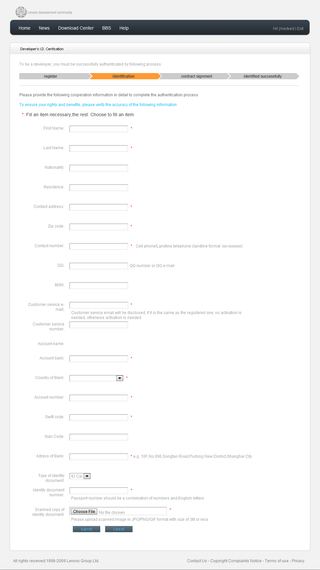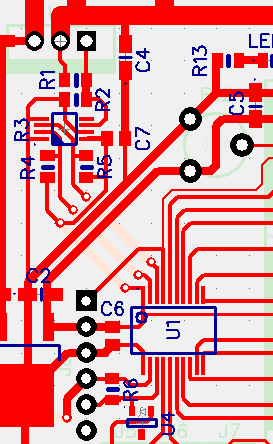Lenovo App Store
I have quite a few freeware applications out there. Some are for Windows, some are for Windows Mobile and last few were for Android. Occasionally I get some offer related to them. Something like this (direct copy of mail, excessive white-space removed):
I am Jessie, strategic alliance manager of Lenovo App Store (http://www.lenovomm.com/appstore/). I’m writing to seek opportunities for introducing your Mobile/PAD applications to lenovo app store, which is a premium brand and good distribution channel in China market.
If you are interested, the process is simple: 1) Pls sign up here: http://developer.lenovomm.com/developeren/index.jsp. 2) You can simply send us your APKs and authorize us to upload your apps on your behalf. 3) Your apps will be put on shelf after passing test work.
If you are not interested in cooperation now, the reasons are appreciated!
Feel free to contact us if you have any questions.
Best regards, Jessie Strategic Alliance Manager Lenovo Mobile Internet and Digital Home Business Group
This email communication is confidential. Recipient(s) named above is (are) obligated to maintain secrecy.
As I said, this wasn’t that unusual so I went ahead through registration. After e-mail confirmation I got form where I was expected to enter my bank’s name, account number and to give them copy of id card or my passport!
While I have no idea whether this page is scam or not, it does not look good. Why would any normal company ask me for those details? Even if they don’t have any fraud on mind, can I trust them never to be hacked? Can I trust that my data will never be abused?
Frankly, I am scared more if this is valid company. For any company to nonchalantly ask this sort of questions is unsettling…
P.S. Here is form that I was asked to fill:
P.P.S. Upon asking, I got instructions to lie to the system and insert fake bank account data. However, I still need to add ID. Yes, I am probably paranoid, but I will not do that…

